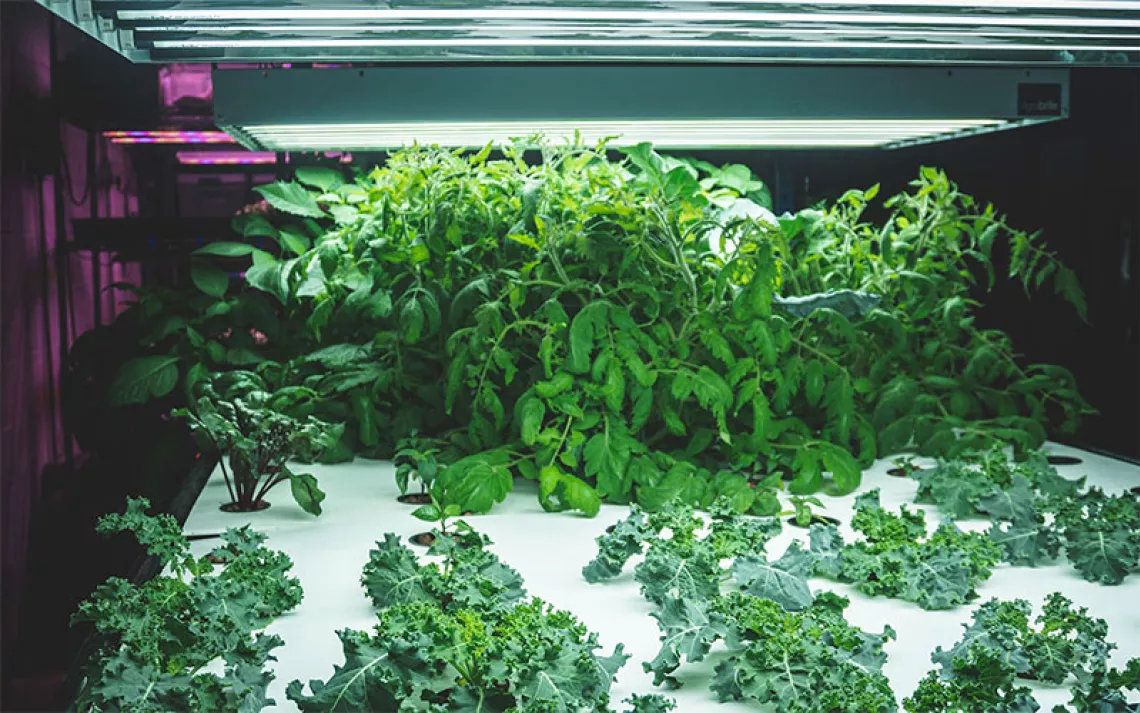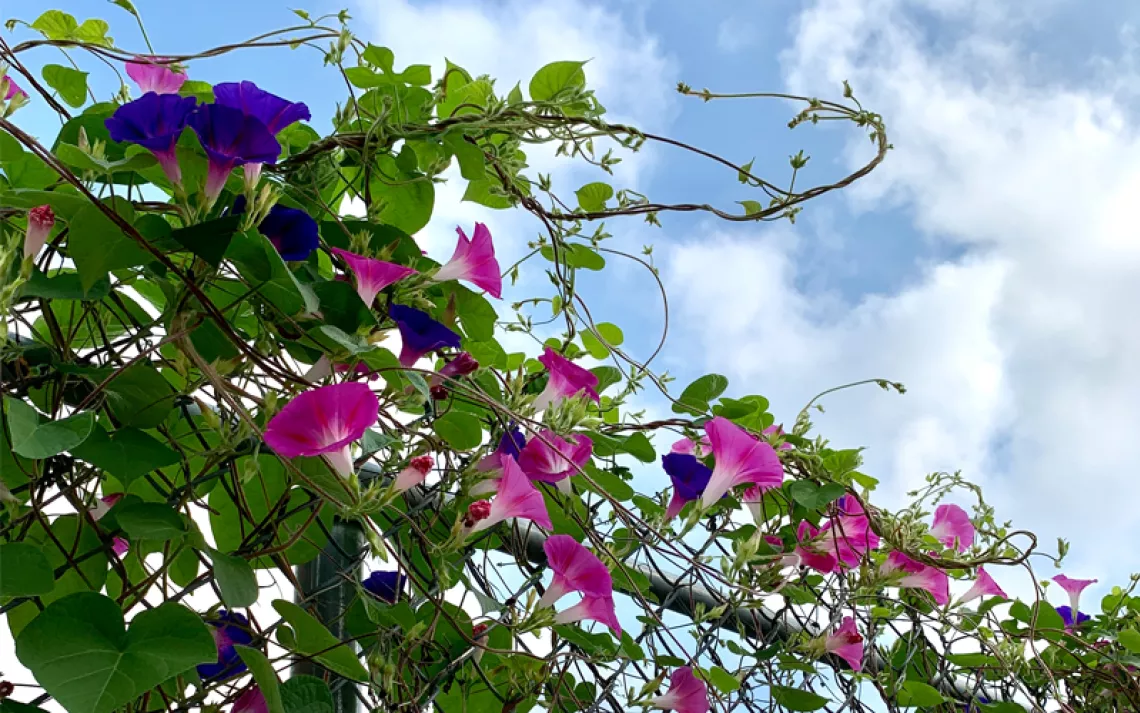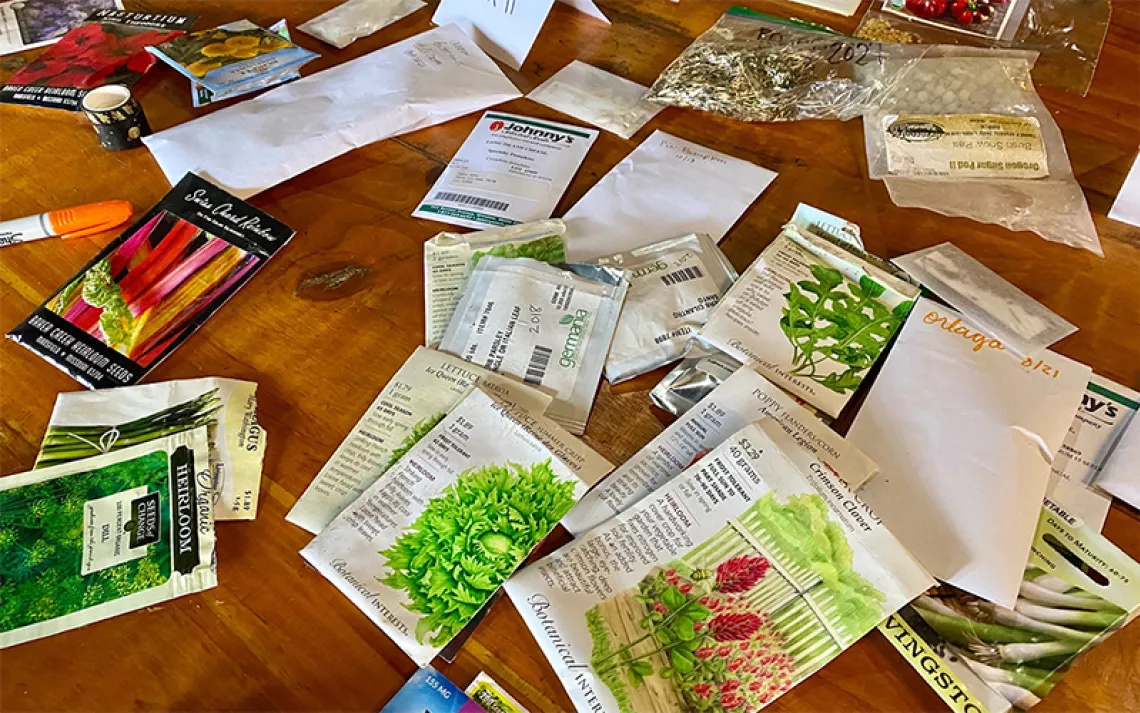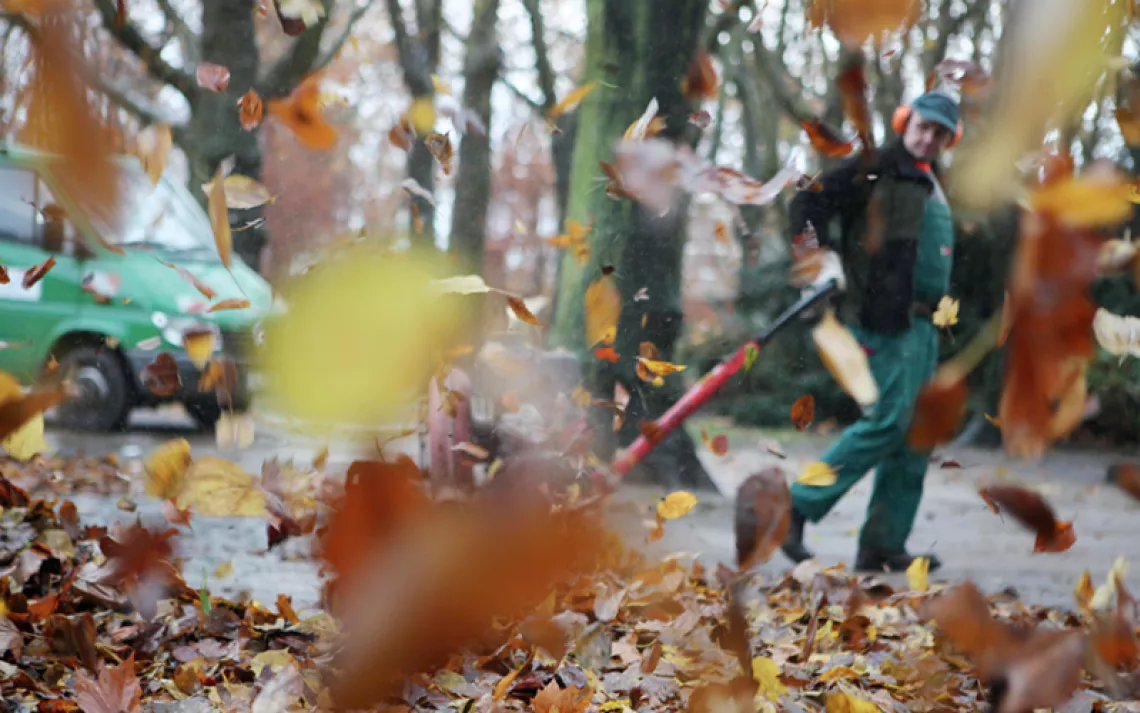How to Grow Mushrooms at Home: A Beginner’s Guide
Growing mushrooms at home is an easy, family-friendly project requiring little space and no gardening experience. Here's how to get started.

Illustration by TAK/iStock
Mushrooms are having a moment. That’s partly thanks to growing global interest in their health benefits: Certain varieties of mushrooms are thought to promote brain health and better immune system functioning and even to lessen cancer risk. From dried mushroom powders to coffee substitutes to documentaries, the mushroom market is now an industry estimated to value $50 billion.
But mushrooms also make a great DIY pursuit. Foraging and festivals are becoming more popular, as is home-growing. The latter may be easier than you think—growing mushrooms at home is a family-friendly, DIY project requiring little space and no gardening experience. Here’s how to get started.
Choose a mushroom variety. Some 14,000 varieties of mushrooms flourish in this fungi-rich world, but only a dozen or so are in common use for home growers. Oyster mushrooms are perfect for beginners, according to Tavis Lynch, author of Mushroom Cultivation: An Illustrated Guide to Growing Your Own Mushrooms at Home. They have a rich flavor, especially when sautéed, and grow on all types of substrate, the nutrient-rich medium that allows mushrooms to flourish.
“They’ll grow on coffee grounds, cardboard, wood chips, natural logs, sawdust, cornstalks—anything that has cellulose,” says Lynch, who also recommends pioppino and chestnut mushrooms for beginners, followed by intermediate-level lion’s mane and shiitake. “Varieties like maitake are downright difficult,” he says, alluding to maitake’s finicky reputation. Research what mushrooms appeal most to you, and then make space on your kitchen counter.
Start with a grow kit
Spray-and-grow kits, a block of colonized substrate inside a small box, make for the easiest way for beginners to get started. “They’re inexpensive. You get a lot of mushrooms out of them. And they're super easy,” says Lynch. “If you know how to run a pair of scissors, you can grow mushrooms.” He’s hinting at the basic instructions here, which are as follows: Slice open the box, spray with water, and wait. While online options abound from nationwide operations like North Spore and Myco Labs, consider looking locally. Some farmers’ markets have mushroom grow-kit sellers, or you can ask at nearby mushroom farms.
To optimize your kit for success, keep in mind that nearly all edible mushrooms prefer humid environments with plenty of oxygen and minimal direct sunlight. Placing your kit near the kitchen sink can help replicate those conditions. If you live in a drier climate, make a “humidity tent” by taking a semi-transparent plastic bag, piercing it with lots of holes, and placing it over your kit. You can also set a dish of water at the kit’s base to increase moisture levels.
Don’t forget to let some air in, though. “Mushrooms ‘breathe’ oxygen like we do—a lot more than one would expect,” Lynch explains. Put the tent on too tight and your mushrooms will likely rot. You’ll know if this is happening: Oxygen-starved mushrooms will deform, become spindly or wrinkly, and often take on yellow, brown, or pinkish hues.
“If you know how to run a pair of scissors, you can grow mushrooms.”
Take the operation outside
If you have access to an outdoor growing space, spring is a great time to start cultivating al fresco mushrooms—begin after the last frost and you can have a harvest in as little as a couple of months. Look for areas of partial shade that retain moisture, from the base of trees to the empty spaces around your vegetables.

Sign up to receive Sierra News & Views
Get articles like this one sent directly to your inbox weekly.
With this action you affirm you want to receive Sierra Club communications and may vote on policy designated by the Sierra Club Board.
For the easiest entry point into growing outside, Lynch suggested the wine cap mushroom, which growers buy as “spawn,” in other words, substrate inoculated with the fungus. “Soak wood chips or straw for a couple of days, sprinkle across your yard, and sprinkle mushroom spawn on top,” he told Sierra. “Then walk away, because you're done.”
Logs or stumps can also become miniature mushroom farms. You’ll need a freshly cut log (hardwoods are best), spawn, melted wax, and a few basic tools. It’s a slightly more involved process and may take a full calendar year to harvest, but you could get years of growth—stumps often produce for up to a decade. Spawn, like grow kits, can be purchased from mushroom farms and online purveyors.
Harvest and repeat
Grow kits produce edible mushrooms after anywhere from a few days to a week-plus. Regardless of type, harvest when the mushroom is young, firm, and healthy-looking—softness or discoloration can be signs of rot, and you don’t want to eat spoiled mushrooms. “Mushrooms don't decay in the same way plants do,” notes Lynch. “They behave the same way that meat does.” In other words, fresh-kit mushrooms are entirely safe, but spoiled mushrooms are not.
After harvesting, continue to monitor your kit’s humidity and oxygen levels, because you’ll likely get another round of mushroom growth, called a flush. If the weather’s not too hot or cold, you can also “plant” the kit outside, burying it in partially shaded ground like you would a seed. Check on it periodically, especially after a rainfall that could spur growth. Once you’ve got healthy mushrooms to harvest—whether they’re from a kit, on a log, or just on the ground—simply twist them off the substrate … and start cooking.
 The Magazine of The Sierra Club
The Magazine of The Sierra Club



